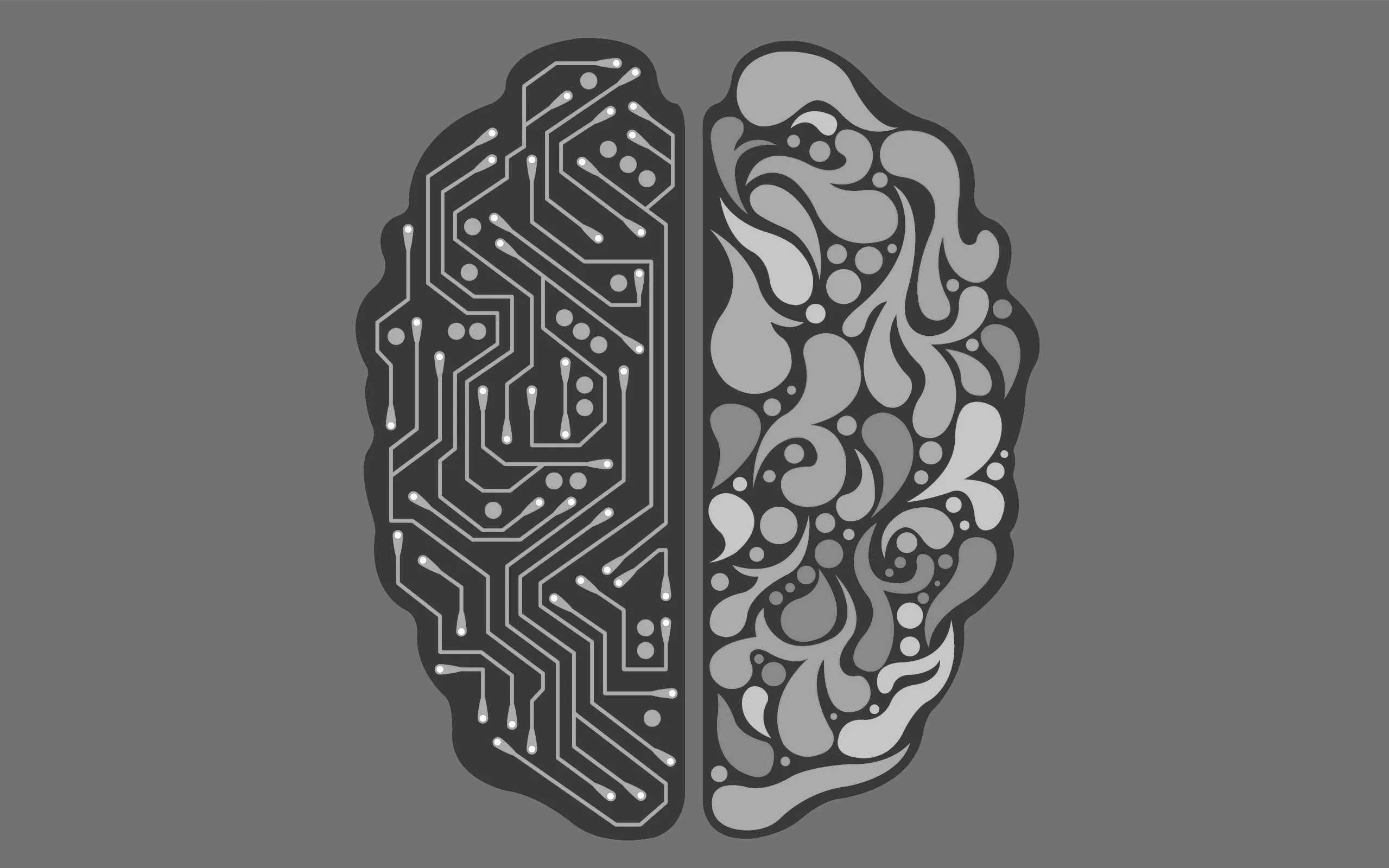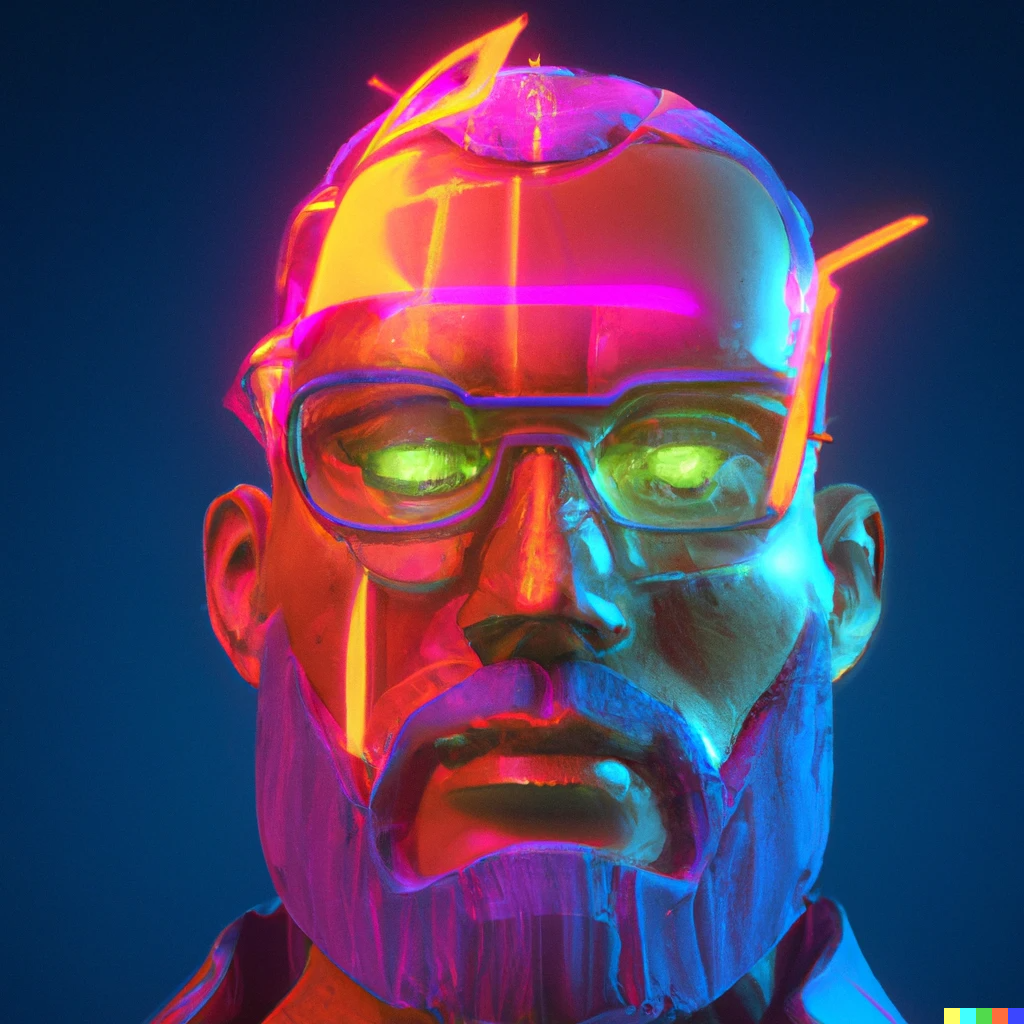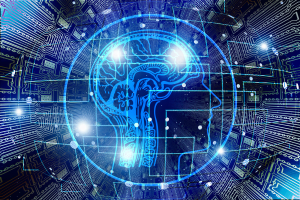Revolutionizing Design: How AI is Transforming the Creative Industry

AI (Artificial Intelligence) has become a game-changer in various industries, and the creative industry is no exception. The integration of AI technology has revolutionized design processes, unleashing a whole new level of creativity and efficiency. From visual design to software design, product design to service design, AI is transforming the way designers work and pushing the boundaries of what is possible. In this article, we will explore the impact of AI on the creative industry, the tools and technologies available to designers, as well as the challenges and concerns that come with incorporating AI into design practices. Join us on this journey as we delve into how AI is reshaping the design landscape.
Table of Contents
- Introduction to AI in the Creative Industry.
- The Impact of AI on Visual Design
- AI's Role in Product Design
- The Influence of AI on Service Design
- AI Tools and Technologies for Designers
- Challenges and Concerns in Using AI in Design
- Future Possibilities and Trends of AI in Design
- Examples of Successful AI-Driven Designs
- Conclusion
⚠️ This article has been entirely generated using Writesonic AI Article Writer 4.0. Nothing has been edited. See end of page for the Prompt.
Introduction to AI in the Creative Industry.
AI has emerged as a powerful tool in the creative industry, enabling designers to enhance their workflow and create innovative designs. With AI, designers can automate repetitive tasks, such as resizing images or generating color palettes, allowing them to focus on more creative and strategic aspects of their work. Moreover, AI algorithms can analyze vast amounts of data and provide valuable insights that can inform design decisions. Whether it's understanding user behavior or predicting trends, AI empowers designers to make data-driven choices, leading to more impactful designs.
The Impact of AI on Visual Design
Visual design plays a crucial role in capturing the attention of users and conveying a brand's message. AI has significantly impacted visual design by offering designers powerful tools and techniques to create stunning visuals. From AI-powered image recognition to generative design algorithms, designers now have access to advanced technologies that can automate the design process and generate unique visual elements. For example, AI can analyze images and identify patterns, allowing designers to create visually appealing compositions quickly. Additionally, AI algorithms can suggest color schemes and typography combinations based on the brand's identity and target audience, streamlining the design process and ensuring consistency across different platforms.
AI has also brought forth new possibilities in the realm of software design. By leveraging AI, designers can create intuitive and user-friendly interfaces that adapt to the user's needs. AI-powered chatbots and virtual assistants have become increasingly popular in software design, providing users with personalized and interactive experiences. These virtual assistants can understand user queries, assist in navigation, and even predict user preferences, resulting in a seamless user experience. With AI, designers can design interfaces that not only look aesthetically pleasing but also anticipate and fulfill the user's requirements.
AI's Role in Product Design
Product design involves creating tangible or digital products that meet the needs and desires of users. AI has revolutionized product design by enabling designers to leverage data insights and user feedback to create more user-centric and innovative products. Through AI algorithms, designers can analyze user behavior, preferences, and market trends to identify product opportunities and make informed design decisions. For example, AI can help designers understand how users interact with a product, identify pain points, and suggest improvements. This data-driven approach allows designers to create products that align with user expectations, resulting in increased customer satisfaction and loyalty.
In addition to data analysis, AI also plays a vital role in the ideation and prototyping stages of product design. AI-powered design tools can generate design variations based on user specifications and constraints, helping designers explore different possibilities quickly. Furthermore, AI algorithms can simulate real-world scenarios, allowing designers to test and refine their designs virtually before investing in physical prototypes. By incorporating AI into product design processes, designers can reduce costs, save time, and create products that are more likely to succeed in the market.
The Influence of AI on Service Design
Service design focuses on creating seamless and enjoyable experiences for users throughout their interactions with a service. AI has had a significant influence on service design by enabling designers to personalize and optimize these experiences. With AI, designers can analyze user data and behavior patterns to understand individual preferences and tailor services accordingly. For example, AI algorithms can recommend relevant products or services based on a user's browsing history or previous purchases. By providing personalized recommendations, designers can enhance user satisfaction and drive engagement.
Moreover, AI-powered chatbots and virtual assistants have become integral to service design. These virtual agents can handle customer inquiries, provide support, and even perform transactions, freeing up human resources and improving efficiency. Through natural language processing and machine learning, AI-powered chatbots can understand user queries and respond in a conversational manner, mimicking human interaction. This not only enhances the user experience but also provides round-the-clock support, ensuring customer satisfaction and loyalty.
AI Tools and Technologies for Designers
The integration of AI into the creative industry has brought forth a wide range of tools and technologies that empower designers to enhance their skills and creativity. Designers can now utilize AI-powered tools to automate repetitive tasks, generate design variations, and gain valuable insights. For example, tools like Adobe Sensei and Canva's Design AI leverage machine learning algorithms to automate design processes, such as image editing, layout generation, and content creation. These tools enable designers to save time and effort, allowing them to focus on more strategic aspects of their work.
Furthermore, AI-powered design platforms, such as Framer and Sketch2React, offer designers the ability to create interactive prototypes and design systems efficiently. These platforms utilize AI algorithms to generate code snippets, allowing designers to bridge the gap between design and development. By automating the coding process, designers can iterate quickly, collaborate effectively with developers, and ensure design consistency throughout the development cycle.
Challenges and Concerns in Using AI in Design
While AI offers numerous benefits to the creative industry, it also presents challenges and concerns that designers must address. One of the main concerns is the potential loss of human creativity and craftsmanship in the design process. As AI becomes more advanced, there is a fear that it will replace human designers entirely, leading to a lack of originality and a standardized design aesthetic. However, it is important to recognize that AI is a tool that enhances human creativity rather than replaces it. By embracing AI, designers can augment their skills and explore new possibilities, ultimately leading to more innovative and impactful designs.
Another challenge is the ethical implications of AI in design. AI algorithms are trained on massive amounts of data, which can introduce biases and perpetuate stereotypes. Designers must be mindful of the data they use and ensure that AI-driven designs do not discriminate against certain demographics or reinforce harmful stereotypes. Additionally, the transparency and explainability of AI algorithms are crucial in maintaining trust and accountability. Designers need to ensure that AI-driven design decisions are transparent and can be explained to users, fostering trust and understanding.
Future Possibilities and Trends of AI in Design
The future of AI in design holds immense potential for innovation and creativity. As AI technology continues to evolve, we can expect to see advancements in areas such as generative design, augmented reality, and virtual reality. Generative design algorithms will enable designers to explore countless design variations quickly, allowing for more creative and customized solutions. Augmented reality and virtual reality technologies will offer designers the ability to create immersive and interactive experiences, blurring the line between the physical and digital worlds.
Additionally, AI will continue to play a vital role in enhancing the collaboration between designers and developers. AI-powered design tools that generate code snippets will become more sophisticated, enabling designers to bridge the gap between design and development seamlessly. This collaboration will result in more efficient workflows, higher-quality outputs, and ultimately, better user experiences.
Examples of Successful AI-Driven Designs
Several notable examples demonstrate the power of AI-driven designs in transforming the creative industry. IBM's Watson, for instance, has been utilized to create visually stunning and data-driven designs. By analyzing vast amounts of data, Watson can generate unique visualizations that communicate complex information effectively. Another example is Google's AutoDraw, an AI-powered tool that uses machine learning to recognize doodles and provide suggested drawings. AutoDraw assists users in creating professional-looking illustrations, even if they lack artistic skills.
Moreover, Netflix's recommendation system is a prime example of AI-driven design in the service industry. By analyzing user viewing history and preferences, Netflix's algorithm recommends personalized content to each user, enhancing the overall user experience. These examples illustrate the potential of AI in design and how it can augment designers' capabilities, leading to remarkable and impactful designs.
Conclusion
AI has undoubtedly revolutionized the creative industry, transforming the way designers work and pushing the boundaries of what is possible. From visual design to software design, product design to service design, AI has enabled designers to enhance their creativity, efficiency, and user-centricity. By leveraging AI tools and technologies, designers can automate tasks, gain valuable insights, and create innovative designs that captivate and engage users. However, it is essential to address the challenges and concerns that come with incorporating AI into design practices, such as the potential loss of human creativity and ethical implications. By embracing AI responsibly and mindfully, designers can unlock the full potential of AI and shape the future of design. The possibilities are endless, and the creative industry is poised for an exciting and transformative journey with AI at its core.
PROMPT
Topic: Artificial Intelligence in design
Keywords: AI, Design, Visual design, Software Design, Product Design, Service Design
Tone of voice: Professional
POV: Third person
Known sources which has been used in the article:
If you need help with your design and product strategy, let's have a chat.






Comments